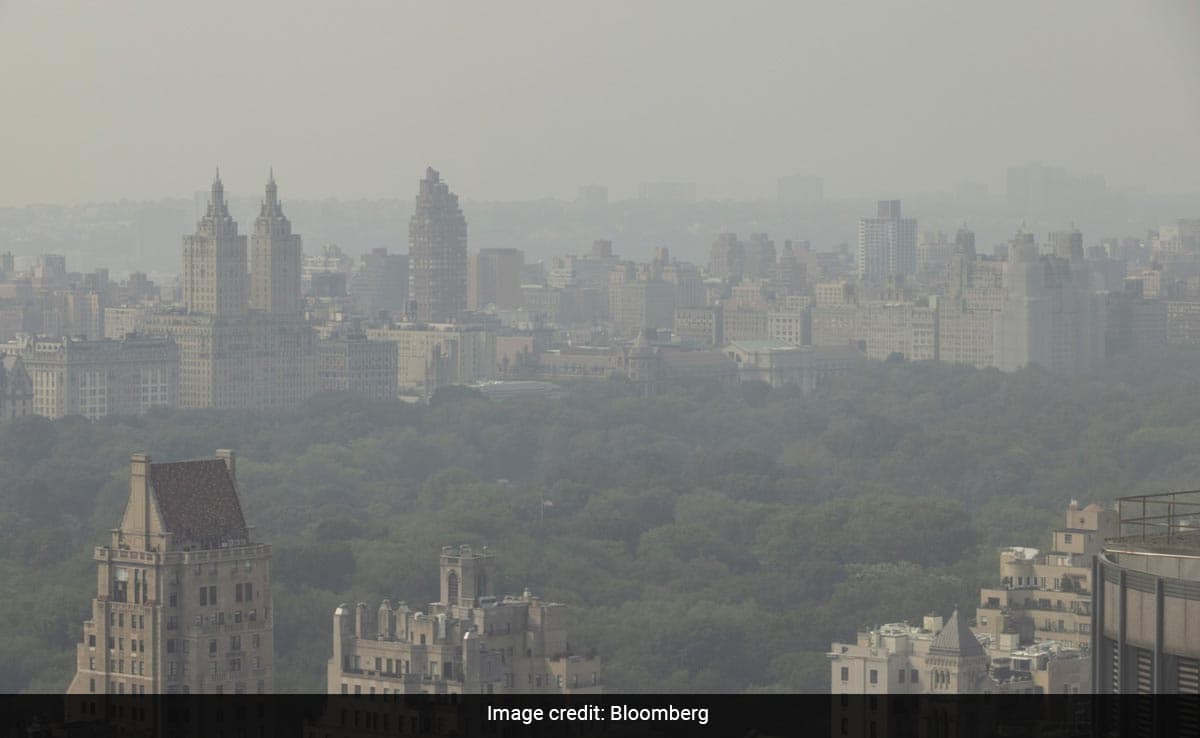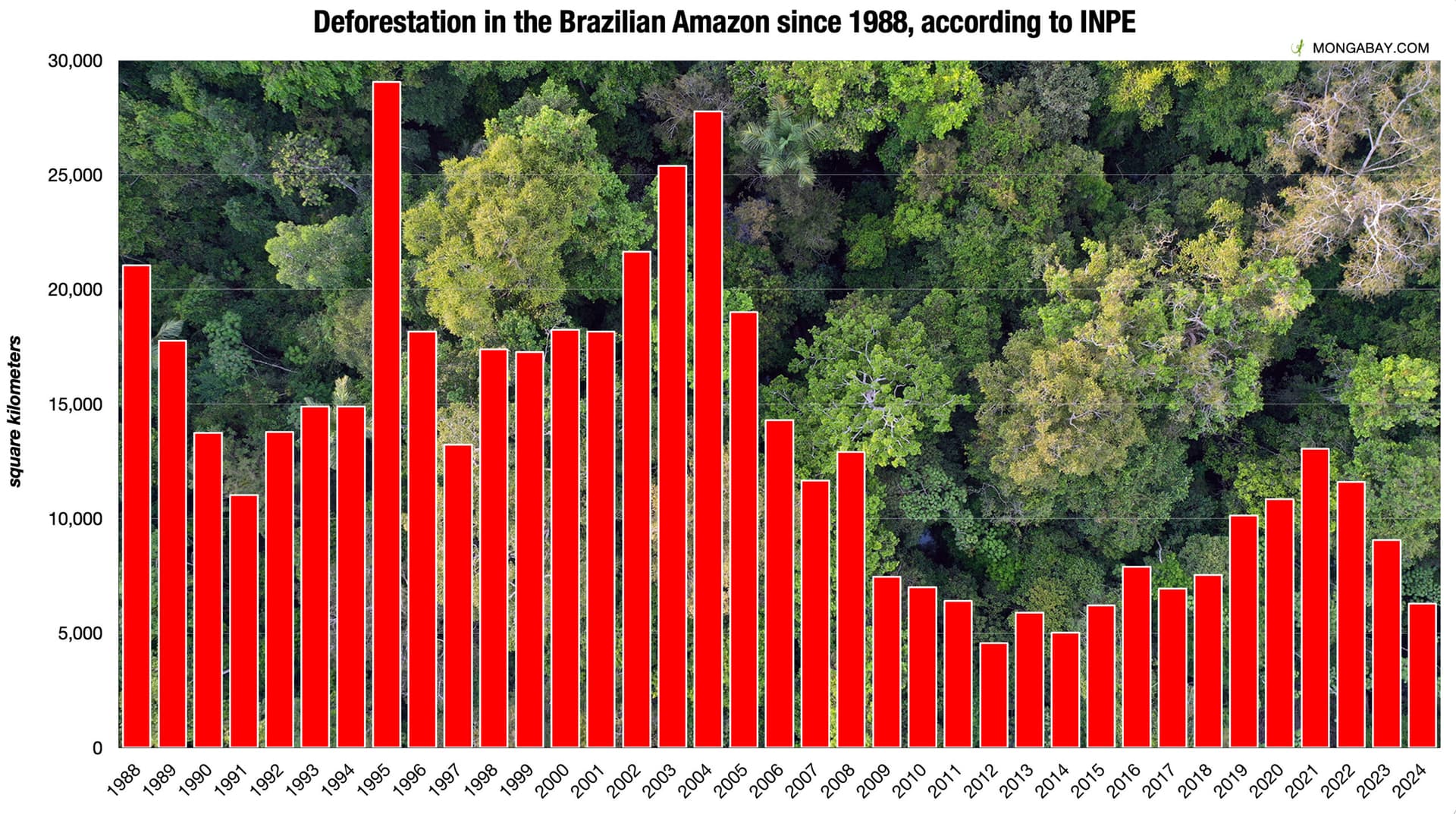Alaska Tests New Voting Model, India Struggles with Toxic Urban Air
Two seemingly separate developments this week underline how experiments in governance and environmental management shape lives across borders. Alaska's adoption of a novel voting system offers a laboratory for democratic reform, while India's persistent air pollution crisis highlights urgent public health and diplomatic challenges with global consequences.
Listen to Article
Click play to generate audio

In Anchorage and beyond, Alaska has become a focal point for a bold experiment in how Americans choose their leaders. Voters approved a package of changes in 2020 that created a nonpartisan top four primary followed by a ranked choice general election. The reforms have been used in high profile federal contests and have produced outcomes that proponents say expanded choices and critics say complicated electoral politics.
Supporters contend the model reduces partisan polarization, encourages coalition building, and creates space for candidates outside the two main parties. Detractors argue the system can be confusing for voters, may advantage better financed campaigns, and raise technical and legal questions that courts and election officials must resolve. The 2022 special congressional contest that produced a candidate from an Indigenous background has been cited by observers as an example of how the new rules can change representation in a state where Alaska Native communities have long sought greater voice in Washington.
For countries and states watching from abroad, Alaska offers a cautionary tale about the limits of institutional change without broad public education and robust administrative capacity. Electoral architecture matters to democratic legitimacy, particularly where shifting rules intersect with local political cultures, language diversity, and historically excluded populations. Internationally, the debate rings familiar to systems in Australia, Ireland, and parts of Latin America where various forms of preferential voting have been used to different effect. Policymakers elsewhere will study Alaska not only for outcomes but for the painstaking work of implementation, dispute resolution, and civic outreach.
Half a world away, millions of residents in Indian cities confront a different kind of governance test every winter when air quality plummets. New Delhi and multiple other urban centers repeatedly rank among the most polluted in global indices, a result of a complex mix of vehicle emissions, coal fired power and industry, seasonal agricultural burning in neighboring states, and meteorological conditions that trap particulate matter close to the surface.
The human toll is substantial. Air pollution contributes to respiratory and cardiovascular disease and amplifies pressures on hospitals and health systems. It also compounds social inequalities, as low income communities often live closer to major roads and industrial zones. National and state governments in India have introduced measures ranging from stricter vehicle emissions standards to short term traffic interventions and efforts to curb crop residue burning, yet the scale of the problem exposes gaps between policy intent and on the ground enforcement.
These two headlines converge on a broader theme. Whether through institutional reform in voting or aggressive pollution control, durable progress requires more than a single policy change. It demands investment in administration, attention to local cultural and social realities, legal clarity, and, in the case of air pollution, regional cooperation that acknowledges transboundary impacts. In an interconnected world, experiments in governance and environmental management are seldom contained within borders, and their consequences shape not only domestic outcomes but international perceptions and shared responsibilities.


